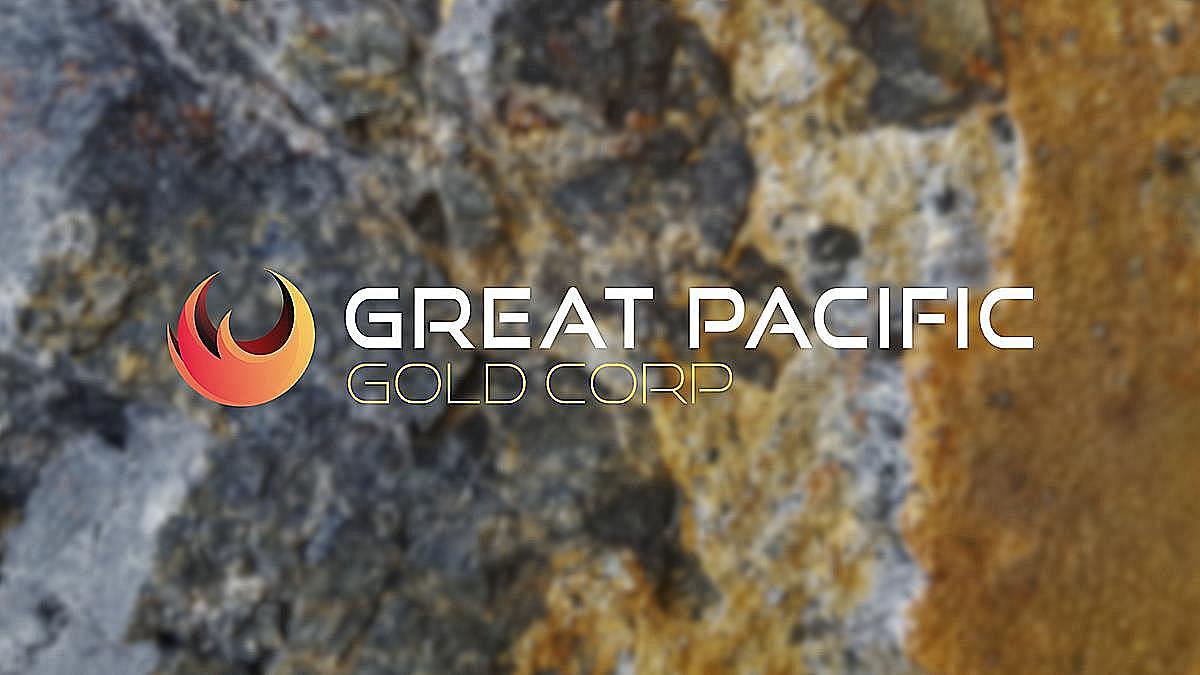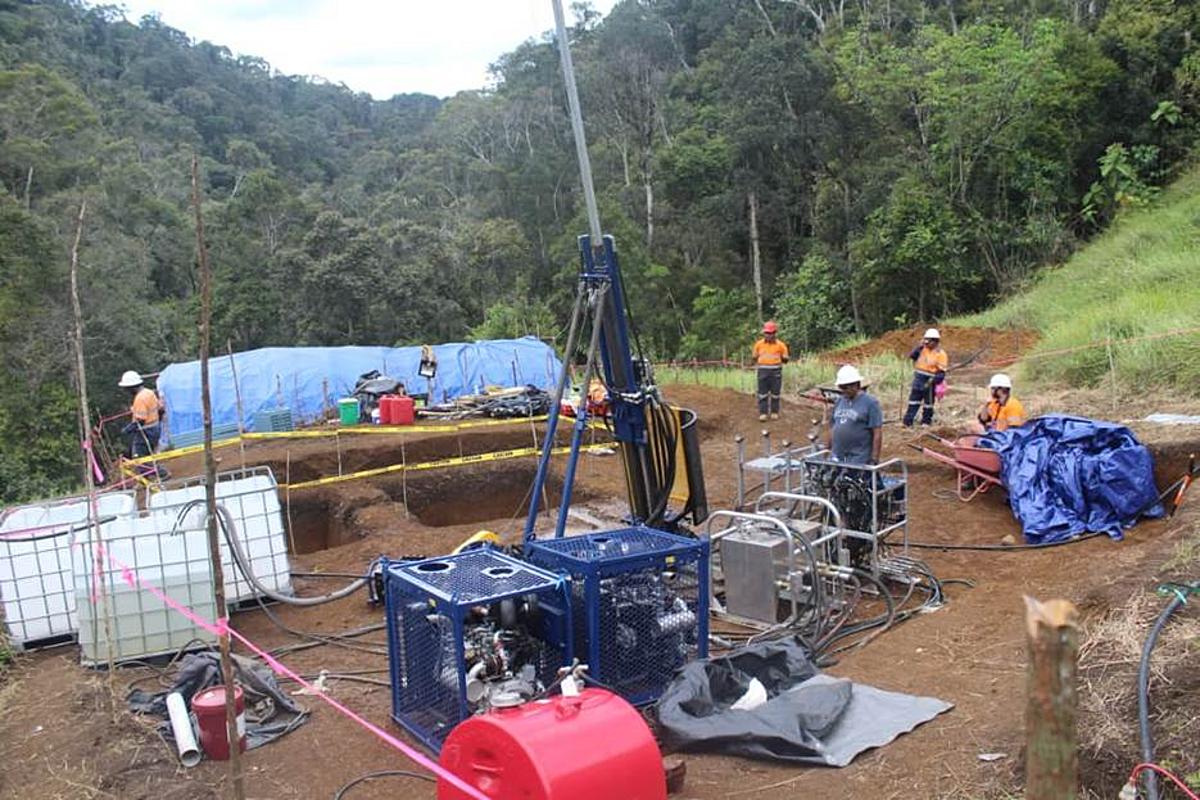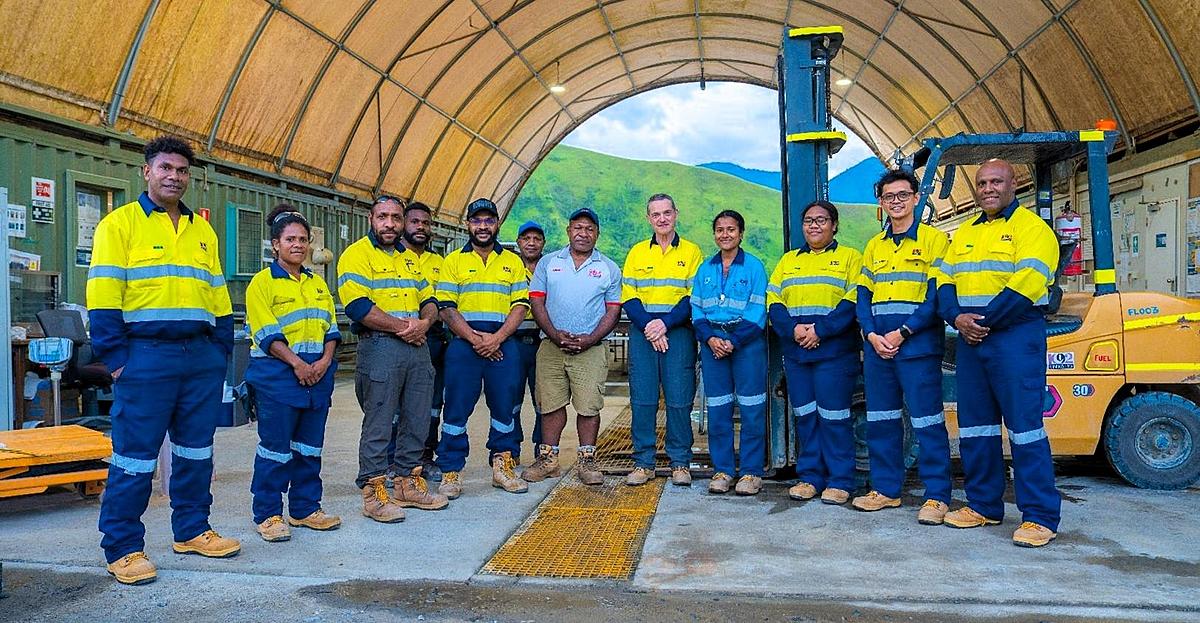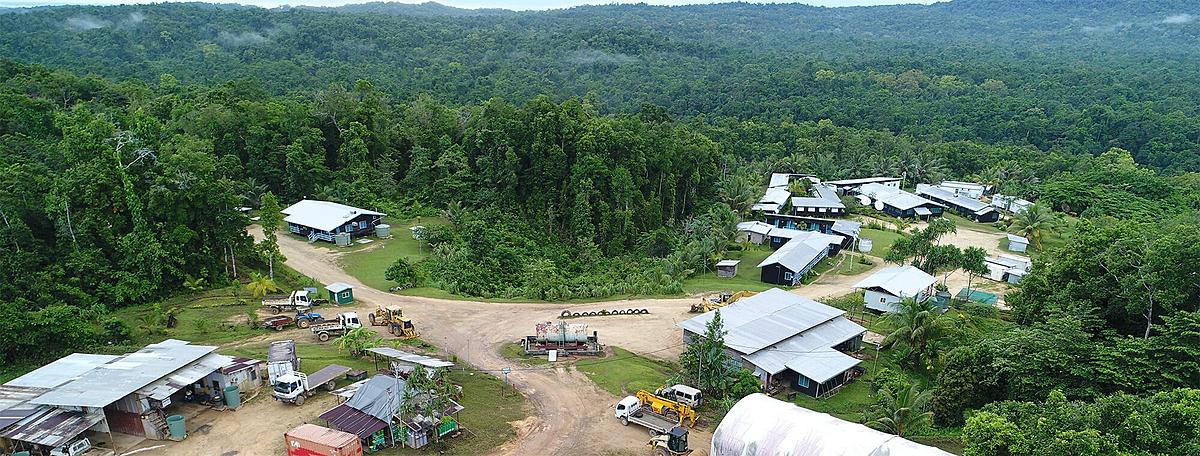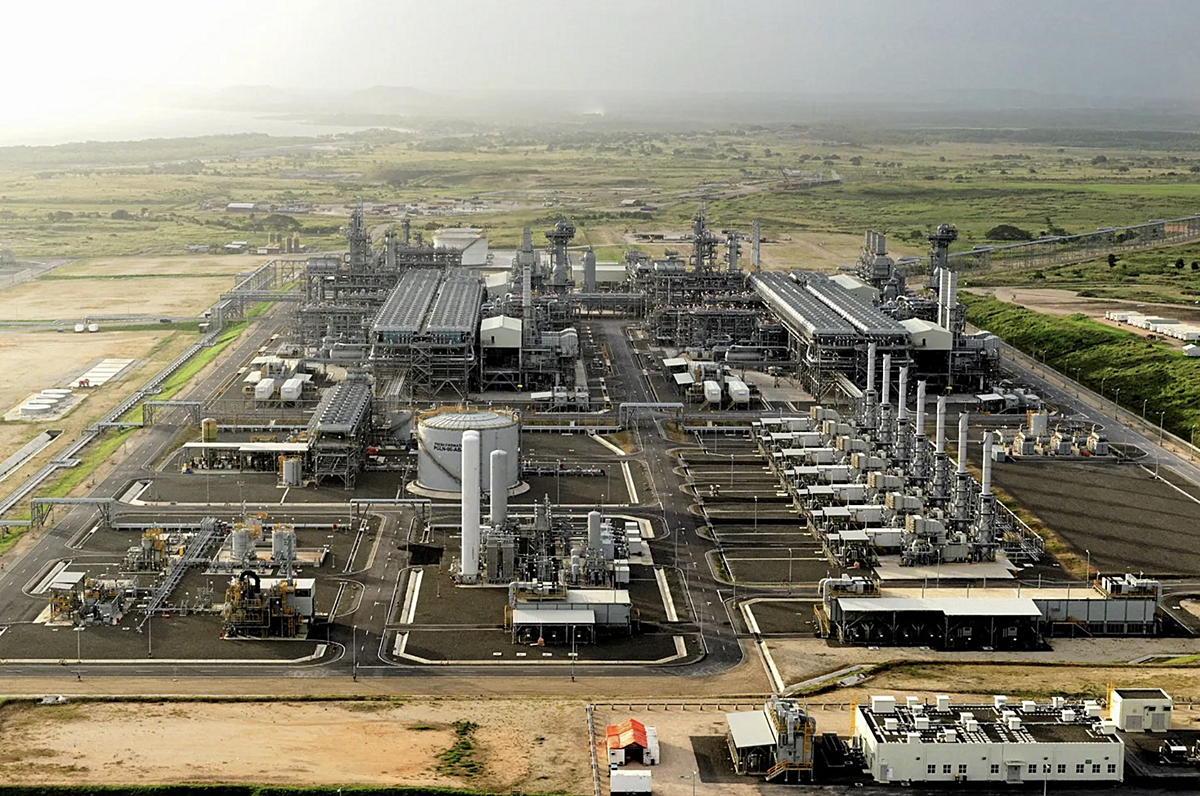Great Pacific Gold Corp. (GPAC) has announced plans to file an updated technical report for its Kesar Gold Project in Papua New Guinea, outlining the results of its first exploration phase and setting the stage for a follow-up drilling campaign next year.
The report, prepared under National Instrument 43-101 (NI 43-101) standards, summarises the findings of the Phase 1 program completed in May 2025 and provides recommendations for the 2026 field season.
Located in the Eastern Highlands Province, the Kesar Project sits immediately west of K92 Mining’s Kainantu Mine, a globally recognised high-grade gold-copper operation. The 130-square-kilometre licence area is considered highly prospective, with geological similarities to the nearby Kora and Judd deposits.
The company said multiple high-grade gold intercepts were recorded during the 3,700-metre diamond drilling program across 13 holes. Highlights include:
- At the Anteruno target, 3.13 metres at 3.67 grams per tonne (g/t) gold, including 0.71 metres at 13.5 g/t Au (hole KDH003);
- At the Hampore target, 0.94 metres at 3.17 g/t Au, including 0.29 metres at 9.08 g/t Au (hole KDH011).
In addition to the drilling results, the company conducted an airborne MobileMT geophysics survey, which identified several high-potential targets for both porphyry-style mineralisation and intermediate-sulfidation epithermal deposits.
A Phase 2 exploration program has been recommended for 2026, including surface mapping, trenching, and a 3,000-metre follow-up diamond drilling campaign to further test the mineralised zones.
“While Wild Dog remains our top priority target, Kesar has tremendous potential and is strategically located alongside K92 Mining’s Kainantu Mine,” said Greg McCunn, CEO of Great Pacific Gold.
“We are expecting the bulk of our exploration expenditures in the coming year to be spent at Wild Dog, but we are planning a focused follow-up program at Kesar with the objective of unlocking value that we believe is currently not recognized in our share price,” McCunn added.
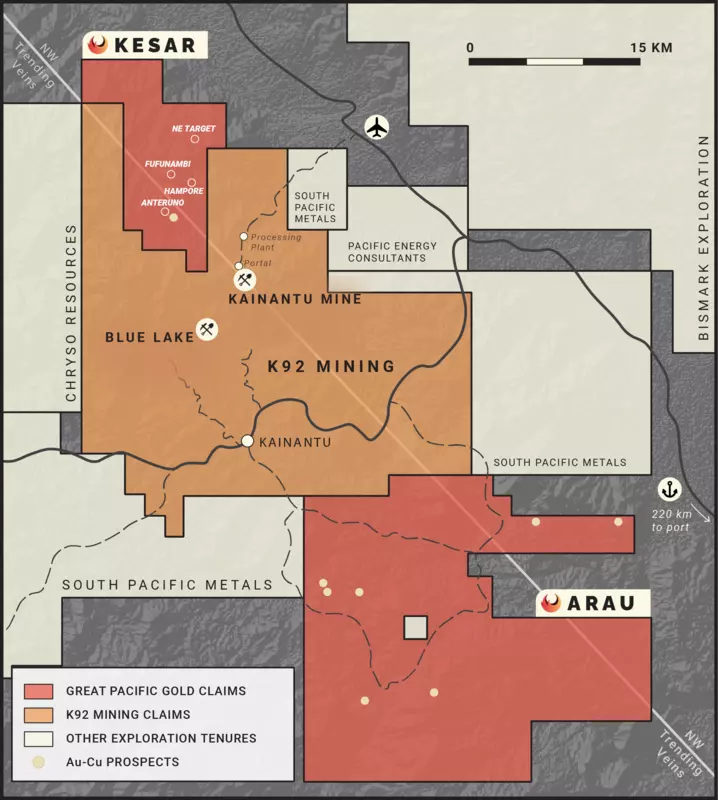
The executive said that the company has invested over 16.7 million PNG Kina (C$5.8 million) in Kesar over the initial two-year licence period, making Great Pacific Gold one of the most active exploration firms in the country.
“We look forward to working with the Mineral Resource Authority in PNG and our local stakeholder and landowner groups to renew the exploration licence for a further two years to allow the Company to continue to invest in the region and make Kesar a long-term success,” he said.
The updated technical report, being finalised by H&S Consultants Pty Ltd in Sydney, Australia, will provide a comprehensive summary of the project’s geological characteristics and exploration potential. It is expected to be filed on SEDAR+ with an effective date of September 9, 2025.
The Kesar project area lies within the New Guinea Thrust Belt, a geologically complex region known for hosting significant gold and copper deposits. Mineralisation occurs in quartz-sulphide veins and breccia zones within tonalite and meta-sedimentary rocks — features consistent with the high-grade systems that have made the Kainantu district one of Papua New Guinea’s most productive mining corridors.
With its Phase 2 campaign planned for 2026, Great Pacific Gold aims to continue advancing the Kesar Project while deepening its exploration footprint across Papua New Guinea.

